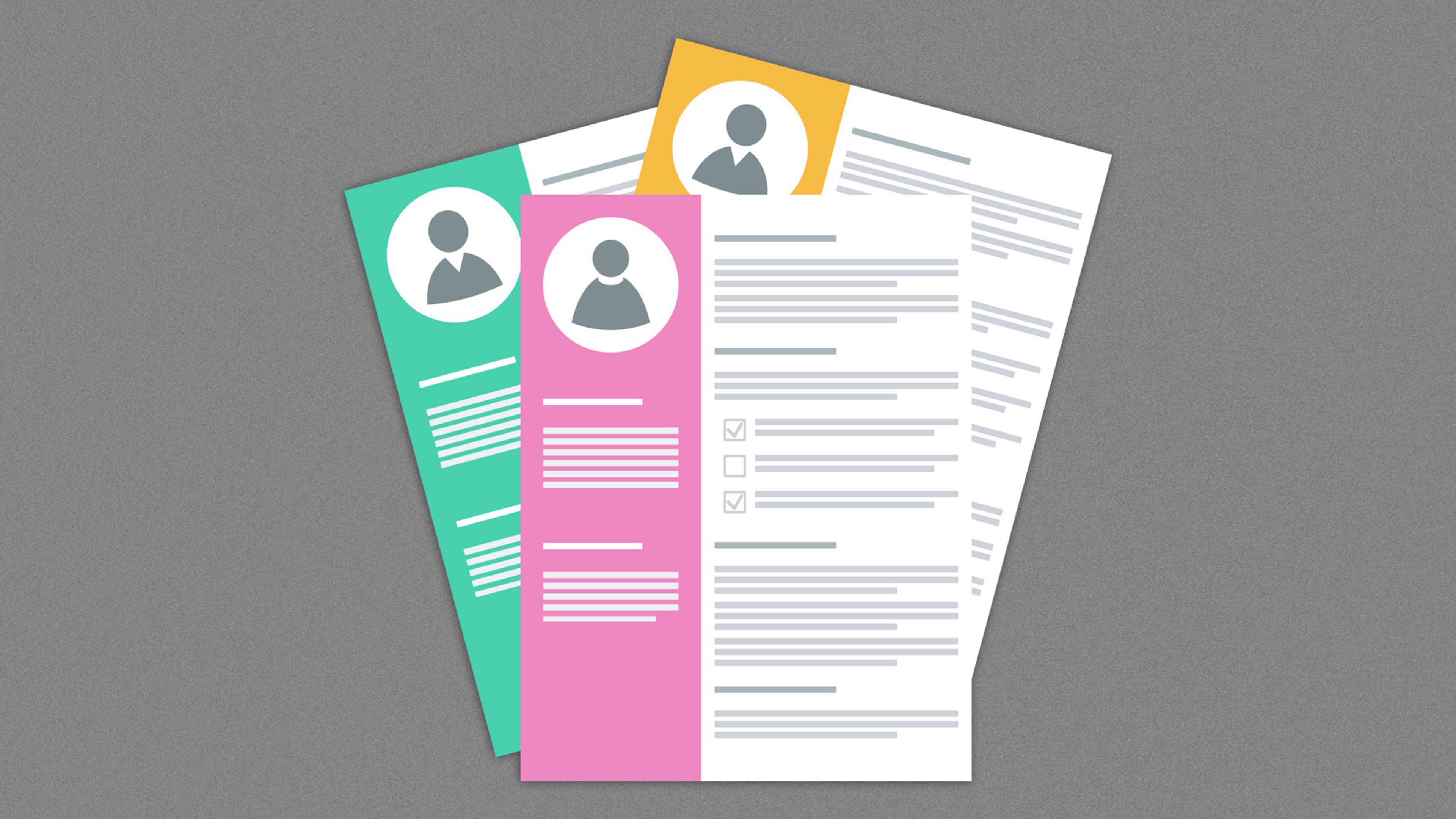Over my career, I’ve had many experiences applying to job after job—each with a 45-minute application process—and then I’d never hear back.
As a founder, executive, or leader in a company, you have the ability to monitor and change this process to make the hiring better for candidates applying for jobs at your company.
Now that I’m in that position, I care a lot about creating a positive application experience for our candidates. So back in 2014, when I became the COO of a fast-growing startup, I decided to apply to a job at my own company to make sure we weren’t one of the bad-actors I’d experienced earlier in my career.
I applied to a job using a throwaway name, resume, and email address. It’s easy to create a fake resume that should pass the initial screening process at your company. At first, I wasn’t looking to fake the entire interview process. I just wanted to see how long it would take from submitting a high-quality resume, to receiving a notification from the recruiting team (or a rejection), to booking an initial interview.
When you apply as a founder or executive at your own company, it’s challenging to get into an initial phone or video screen because everyone at the company will recognize you. So, in one past role, I took this a step further and asked two friends with high quality, relevant resumes to apply to open roles at my company and asked for feedback on the time between stages/steps. This helps to get a sense of how fast our hiring process moves further down the funnel.
When a friend applies with a strong resume, they should have better luck getting into an initial interview, and hopefully moved on to a secondary screening process like a panel interview, or an assessment. My goal is always to get a candidate to the next step of the hiring process (or to a rejection) in five business days.
Along the way, I’ve experienced some real frustrations with parts of my own hiring process. And if I’m feeling frustrated by our process, I know the candidates that are applying to our jobs are feeling the same thing.
There are three quick changes I’ve made in the past to significantly reduce time-to-hire:
- Use the Rule of Four: Todd Carlisle, who ran staffing/HR at Google, then Twitter, found that four interviews are enough to predict whether or not to hire someone with 86% confidence. Every additional interviewer after the fourth person only adds ~1% of predictive power. Google moved to the Rule of Four around 2010, and this change alone shaved their median time to hire from 180 to 47 days.
- Assign a full-time scheduler to the recruiting process: Most leaders think, “We already have admin assistants or recruiting coordinators, so we’re good.” The reality is, these jobs are extremely complex, so assigning someone whose singular responsibility it is to schedule interviews is a game-changer for actioning candidates quickly between each step in the process.
- Set timers per interview stage: There are rarely reasons why any individual stage in the hiring process should take more than five business days. There are many ways to do this, depending on the Applicant Tracking System (ATS) you use. Allowing recruiters to see metrics on how long candidates sit from initial application to initial resume review, to first phone screen is a game-changer, especially for large recruiting efforts. When you can see that candidates sit for 30+ days in a particular stage of hiring, you can take the first step to address a wider problem.
I’ve applied to jobs at my own companies every year for the last eight years, and every year I come away from this experience with a list of things to fix and improve, and a list of things to congratulate our hiring team on for tackling so well. Spending a few hours doing this each year has been one of the most transformative uses of time spent on evaluating the hiring process, and it’s something I recommend to all leaders in this challenging talent market.
Chris Bakke is the cofounder and CEO of Laskie.
Recognize your brand’s excellence by applying to this year’s Brands That Matter Awards before the early-rate deadline, May 3.
